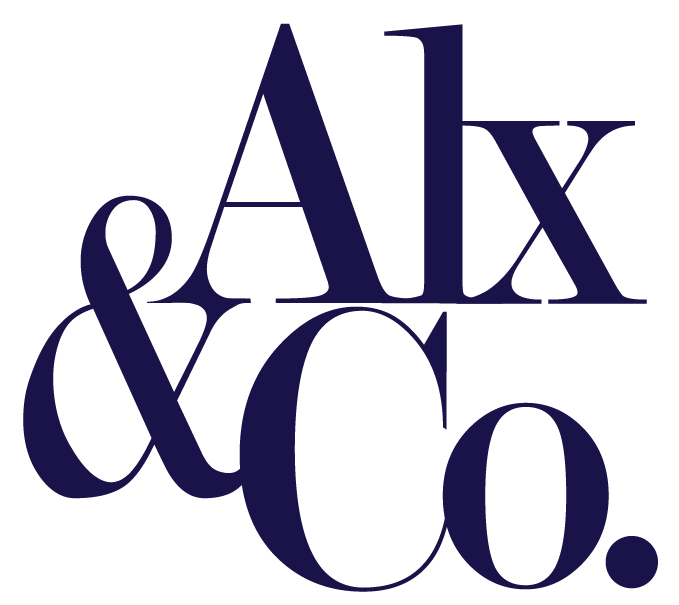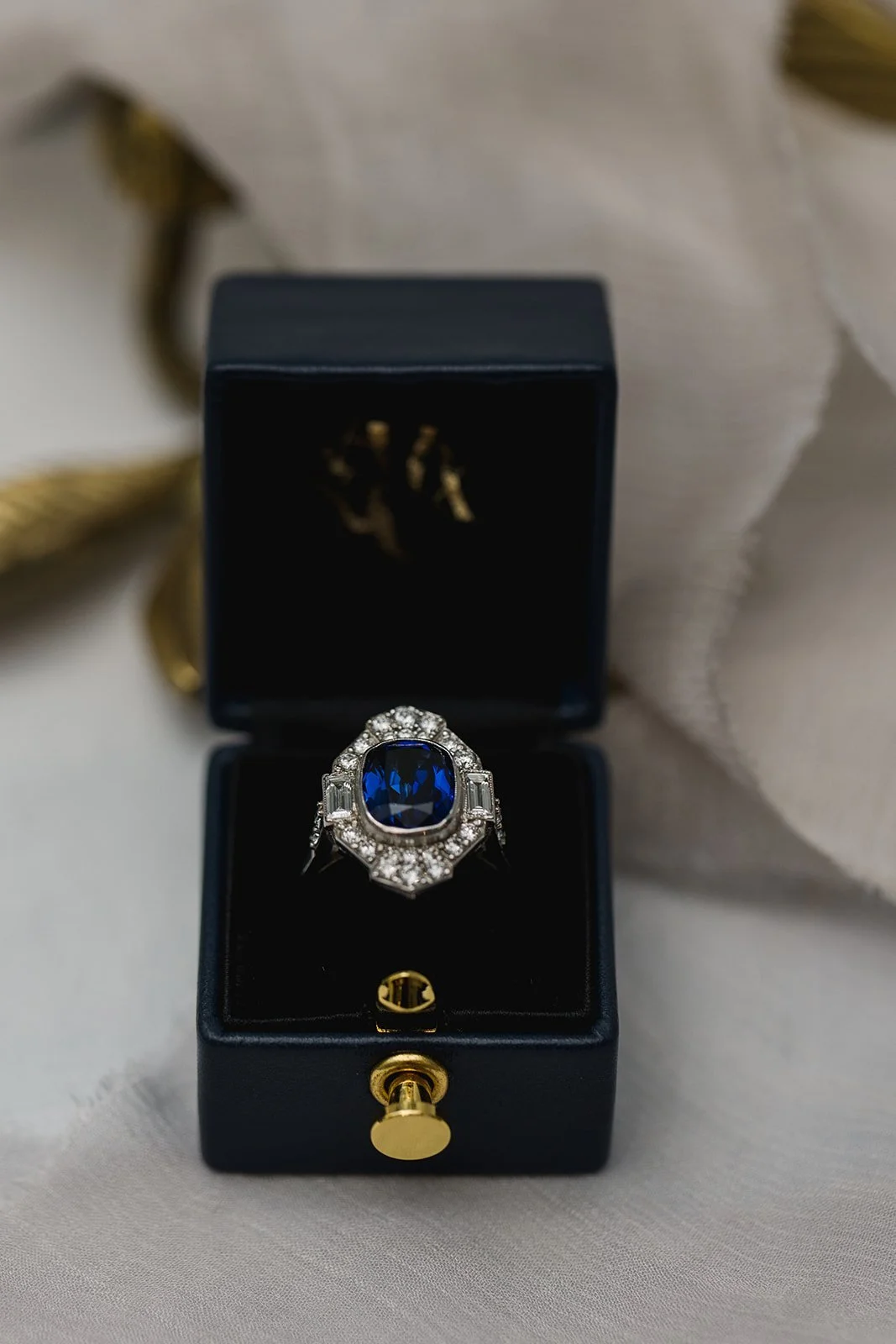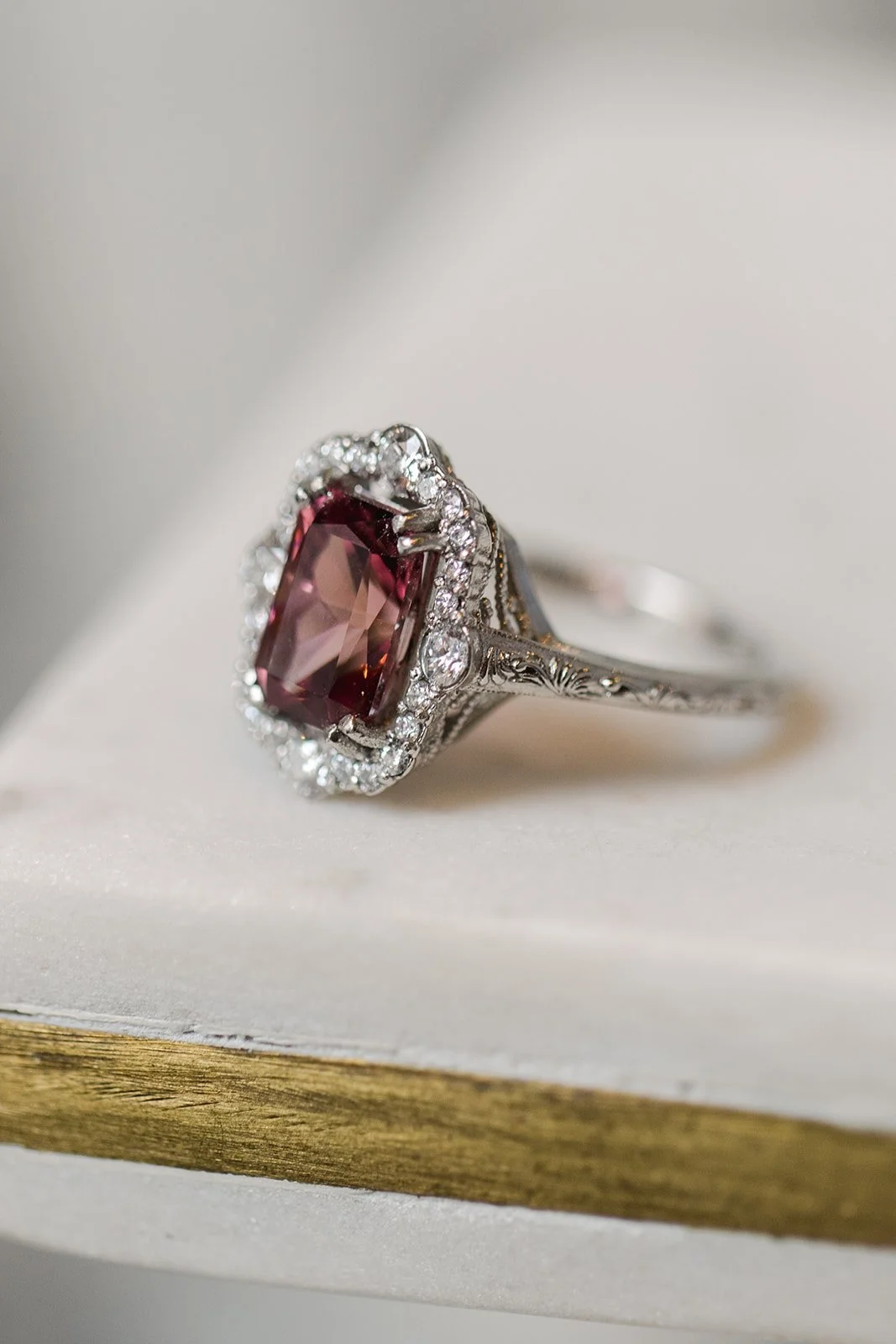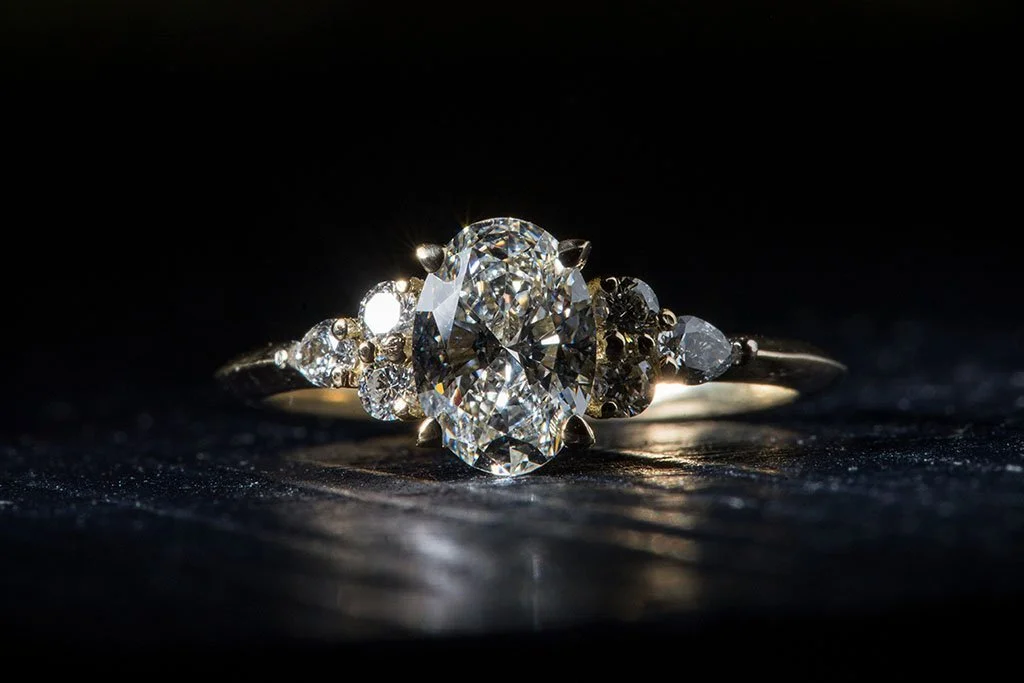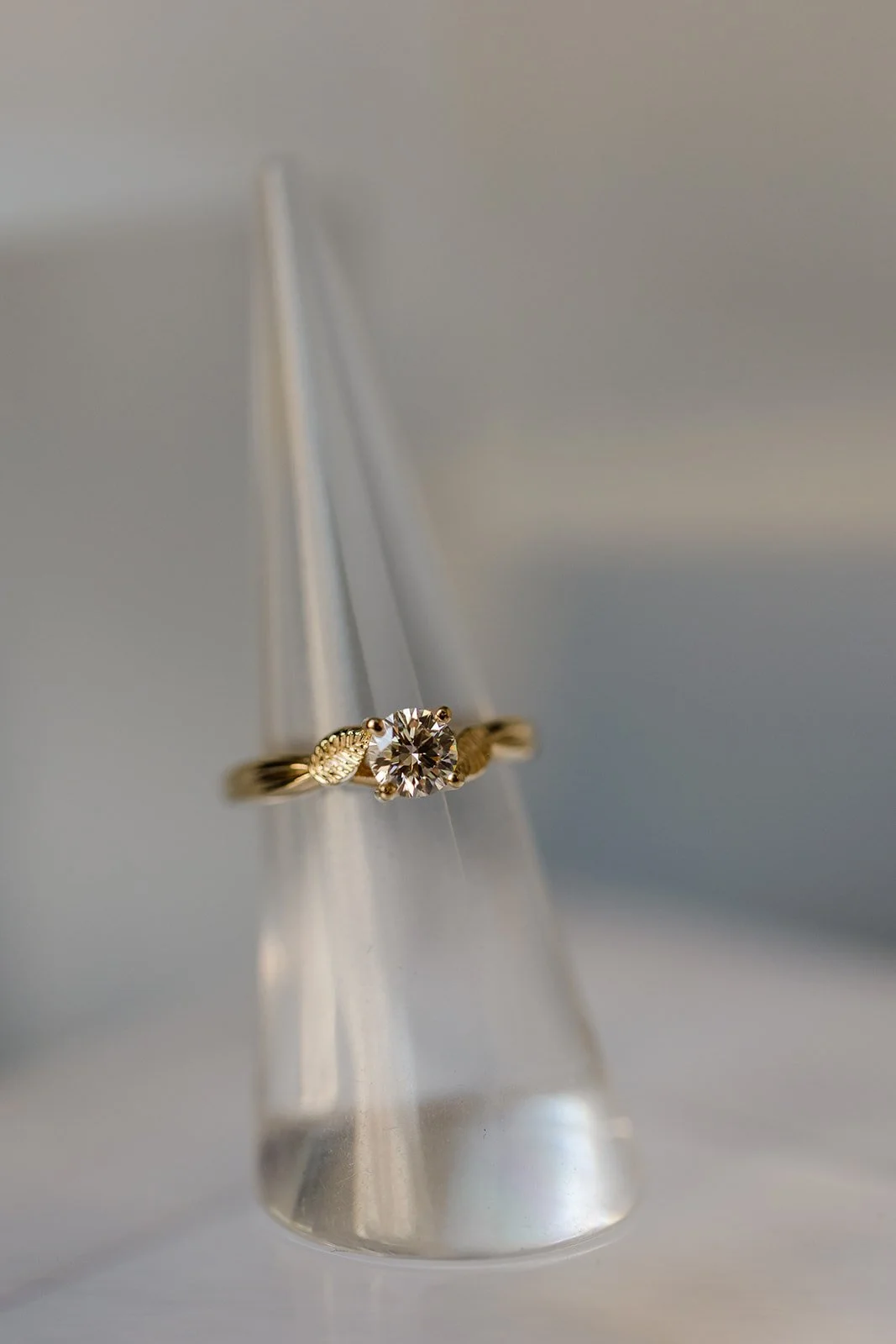How to Design Jewelry… Even If You Aren’t a Jewelry Designer
A common refrain I hear from clients is that they don’t know anything about jewelry and have no idea where to even begin when it comes to custom design. Whenever I hear this I tell them that they have nothing to worry about - jewelry design can be done by anyone, with the right guidance. The truth is, knowing about jewelry from a technical perspective is only half the picture. Sure, there are limitations on certain elements that only someone with experience can really understand, but the act of drawing inspiration for custom design is a totally separate skill, and it’s one most people truly do possess in some capacity.
While Tim and I do, obviously, design jewelry, we actually don’t think of ourselves as a jewelry designers per se. Rather, I think of myself as someone who knows about design and also considers the mechanical aspects of jewelry. The difference in my mind is that I don’t have a specific creative vision that I want to instill in all of my designs, the way a true Jewelry Designer might. I see my role as being one of a knowledgeable guide that allows clients to express their own aesthetic vision through my work.
When I am working with a client and walking through design objectives, the first place we start is by just… talking. I want to hear about your lifestyle, what you like, what you really don’t like, and what you generally have in mind when you think about jewelry. A lot of times I’ll find that clients actually do have a specific vision, they just might not have the language for it. In order to help define that language a little we then look at photos - lots of them. I usually learn here that a client’s definition of “Art Deco” is usually a bit different from mine, so we parse through what they mean when they say certain things.
The simplest way to get started is to simply start Googling. Make a folder where you save images of rings or jewelry that you see and like - but also include pieces you don’t like! This can be just as (if not more) useful since we need to see what doesn’t look right to you in order to understand what looks right. What search terms should you use? Here are my suggested starters:
1) “Minimalist Jewelry”
This will bring up a good baseline for you. Do you like solid, clean lines? Do you like geometric lines over fluidity? Do you like a lot of sparkle or just a little? Minimalist to me says that we should pare back any accent details, including textural elements, and keep the design architecturally restrained. While you can have a lot of sparkle in minimalist jewelry, there won’t be any other accent to the piece aside from that light-catching brilliance. Minimalist jewelry can be understated or you can take a striking geometric form and pack a big impact into a small package.
2) “Art Deco Jewelry Design”
Art Deco is a term that I hear discussed a lot, but not always quite accurately. True Art Deco design was usually done in platinum, often included sapphire accents, and pretty much always involves symmetry, clean lines, and a “reaching” design evoking light sprays, skyscrapers, and other linear geometric influences. Art Deco is very different from minimalist - in fact, it often features very intricate filigree or engraving. Art Deco jewelry was a celebration of color, vibrancy, progressivism, and wealth and modern pieces that reference this often have bespoke elements such as custom cut gemstones or intricate engraving.
3) “Edwardian Jewelry”
Edwardian jewelry is extremely intricate, fluid, and detailed. Think: lace-inspired shapes, lots of accent diamonds, lots of open filigree, and curvy shapes rather than linear. Edwardian settings were usually in platinum - rarely do you see yellow gold used in this style - and while other gemstones can be featured, usually diamonds were the primary options. Like Art Deco design, Edwardian jewelry is highly detailed and complicated and its purpose was to really show off the skill of the goldsmith (and the wealth of its wearer).
This aesthetic is loosely defined but to me, it often means that a bride is looking for a balance between a more complex piece inspired by the symmetry and geometry of Art Deco design and a more simplistic piece inspired by the understated nature of minimalist design. The Modern Bohemian style is clean and simple, often more fluid and organic inspired than geometric, and I find many brides who gravitate to this style prefer warmer metal tones like yellow or rose gold. There are usually some textural accents added in and the rings are largely understated, low-profile, easy to wear, and not too fussy.
Obviously there are many, many other aesthetic qualities you can look for in your jewelry design research but I find that these four terms cover the most basic starting point for thinking through your jewelry. You can pull so much inspiration by simply going down the rabbit hole of a good Google search, the key is to keep things organized and keep an open mind about what you might find. Once you have a folder of inspiration, make an appointment - even if you aren’t totally sure what you images say about you! My role is to go through these searches with you and help you define your preferences better. Jewelry design should be fun, and we also make it approachable.
Want to see some rings we have made that feature these characteristics? Take a peek at these custom and bespoke Alx&Co. rings and maybe pull some inspiration from them!
